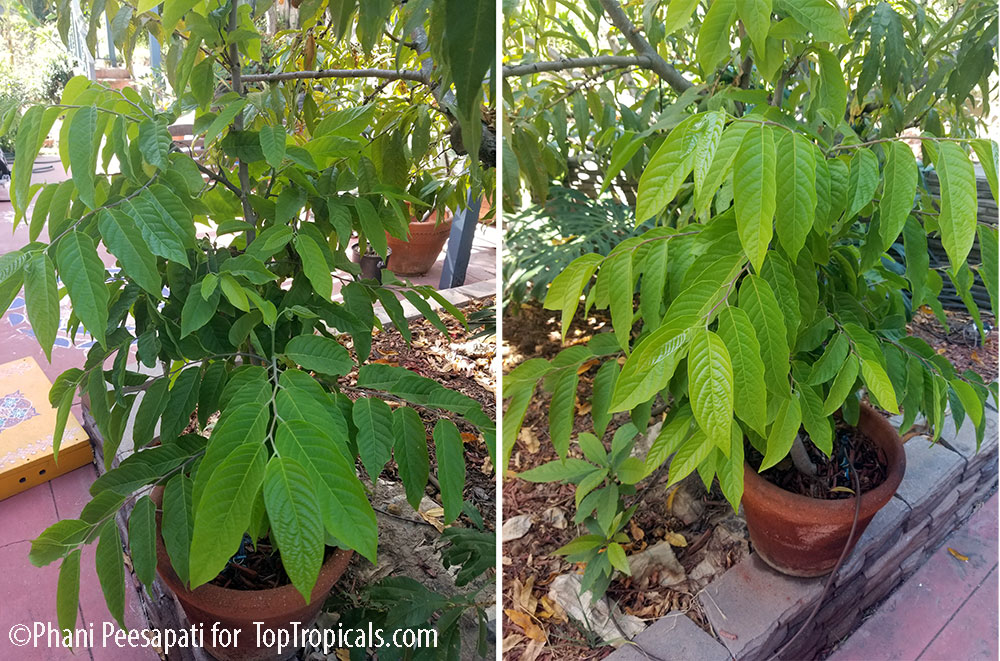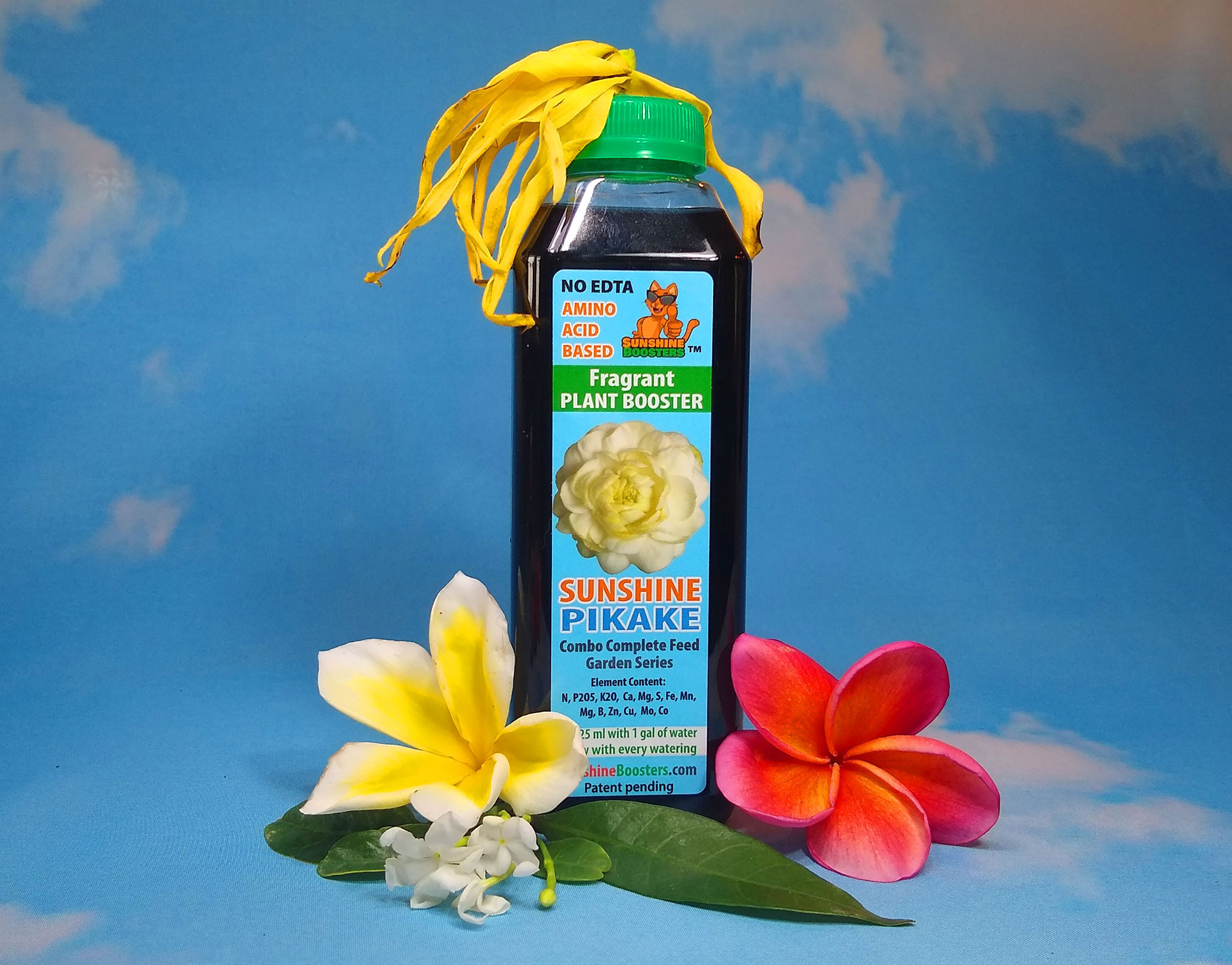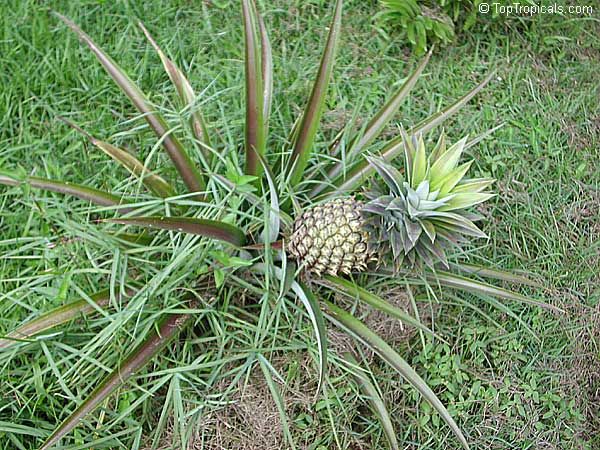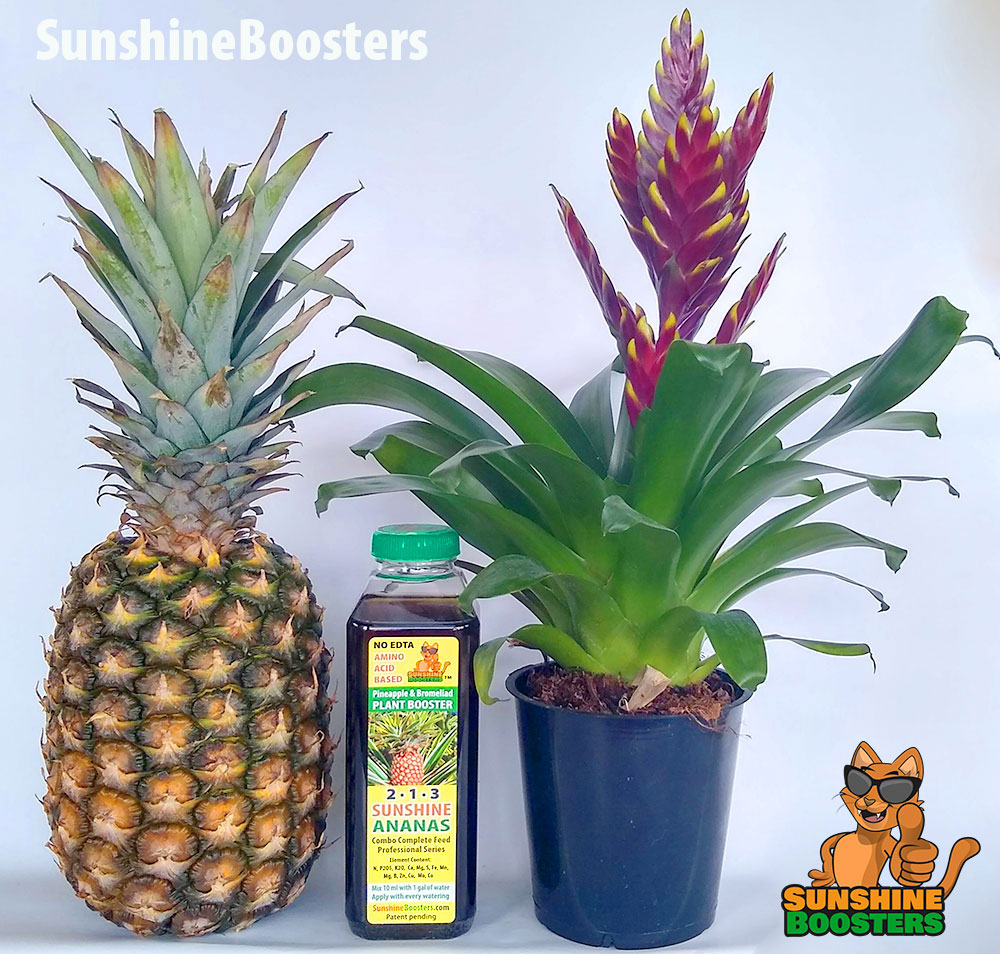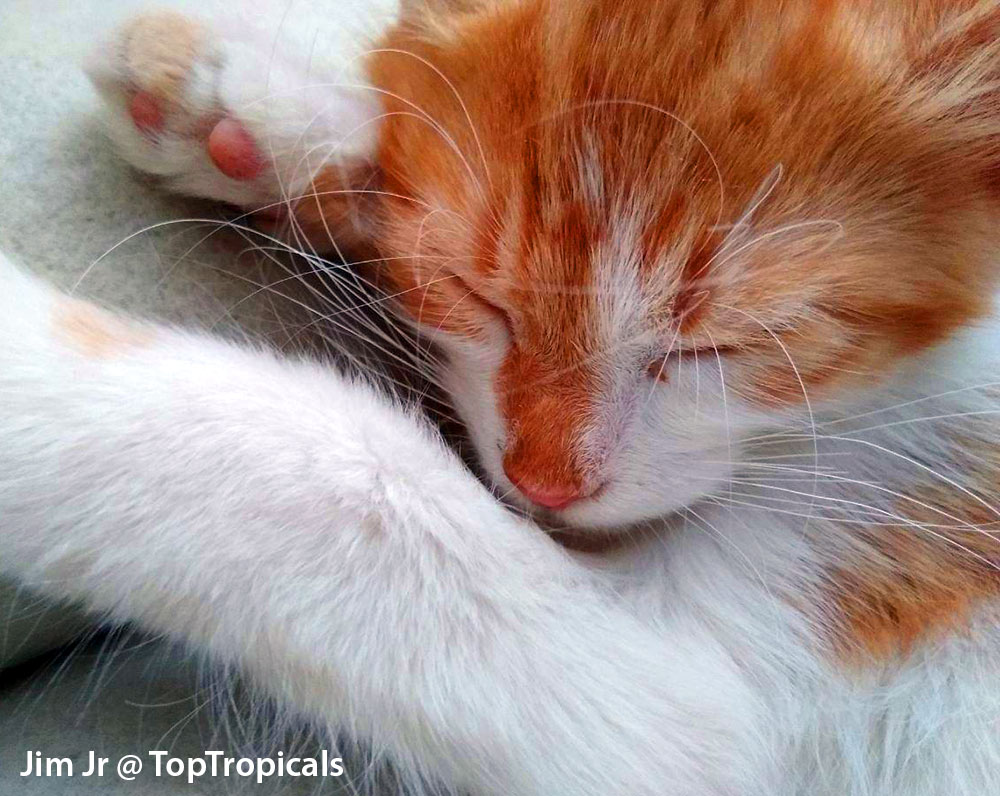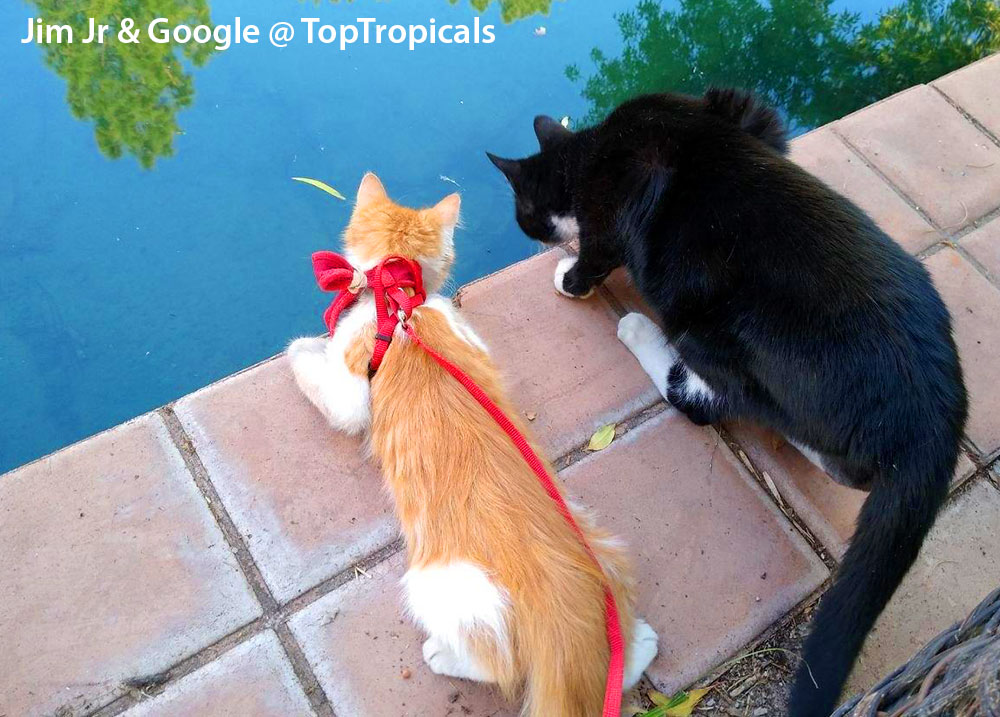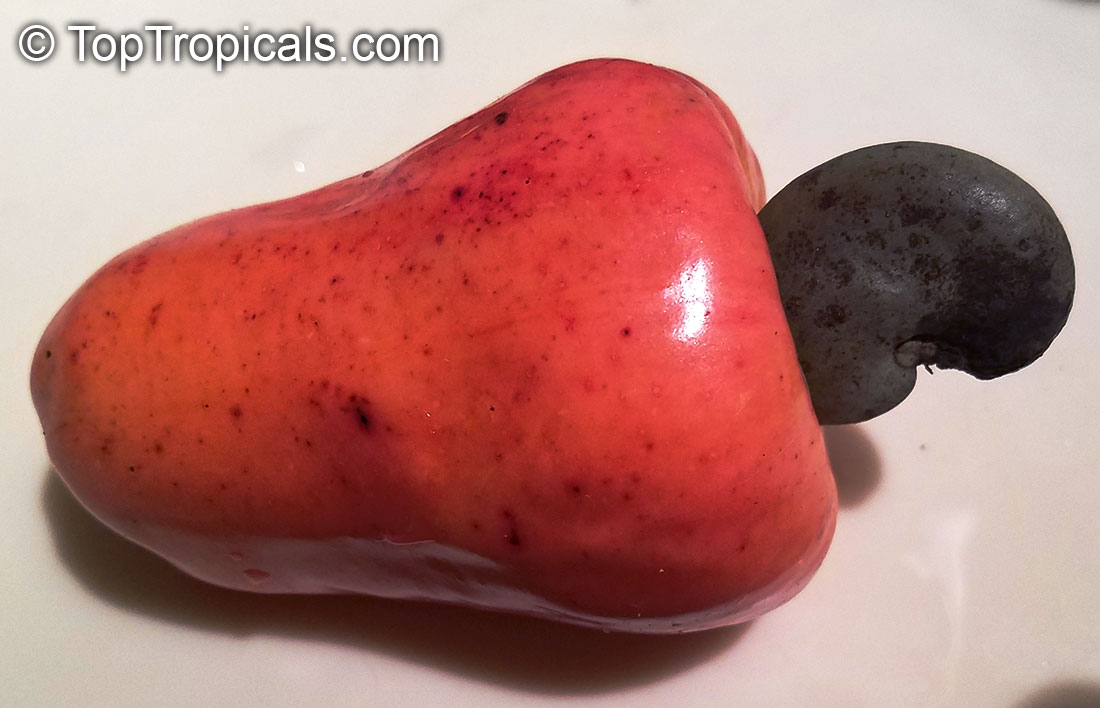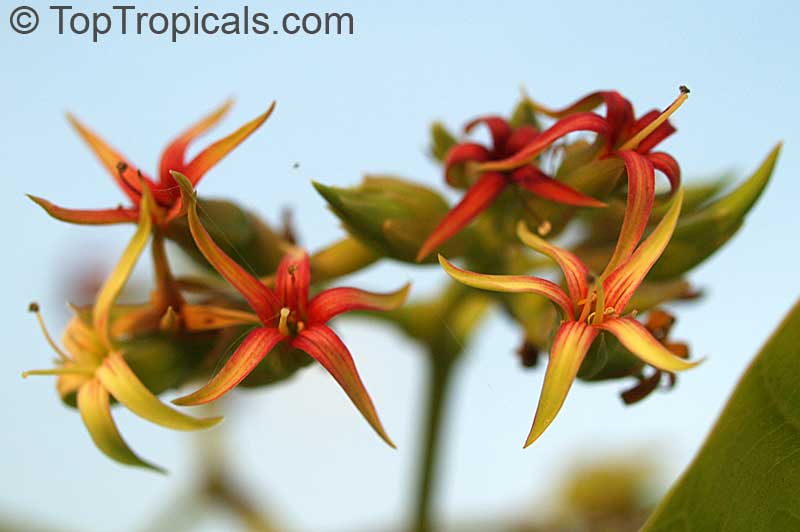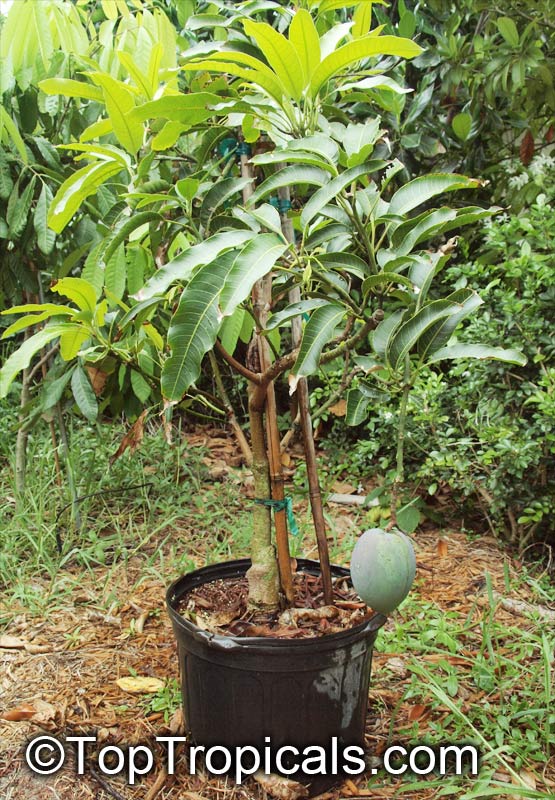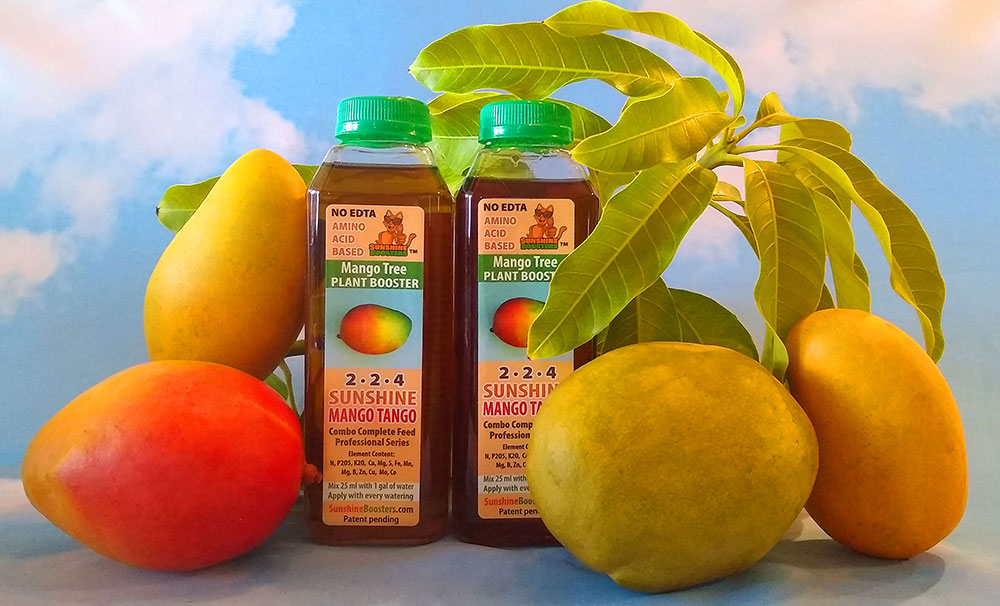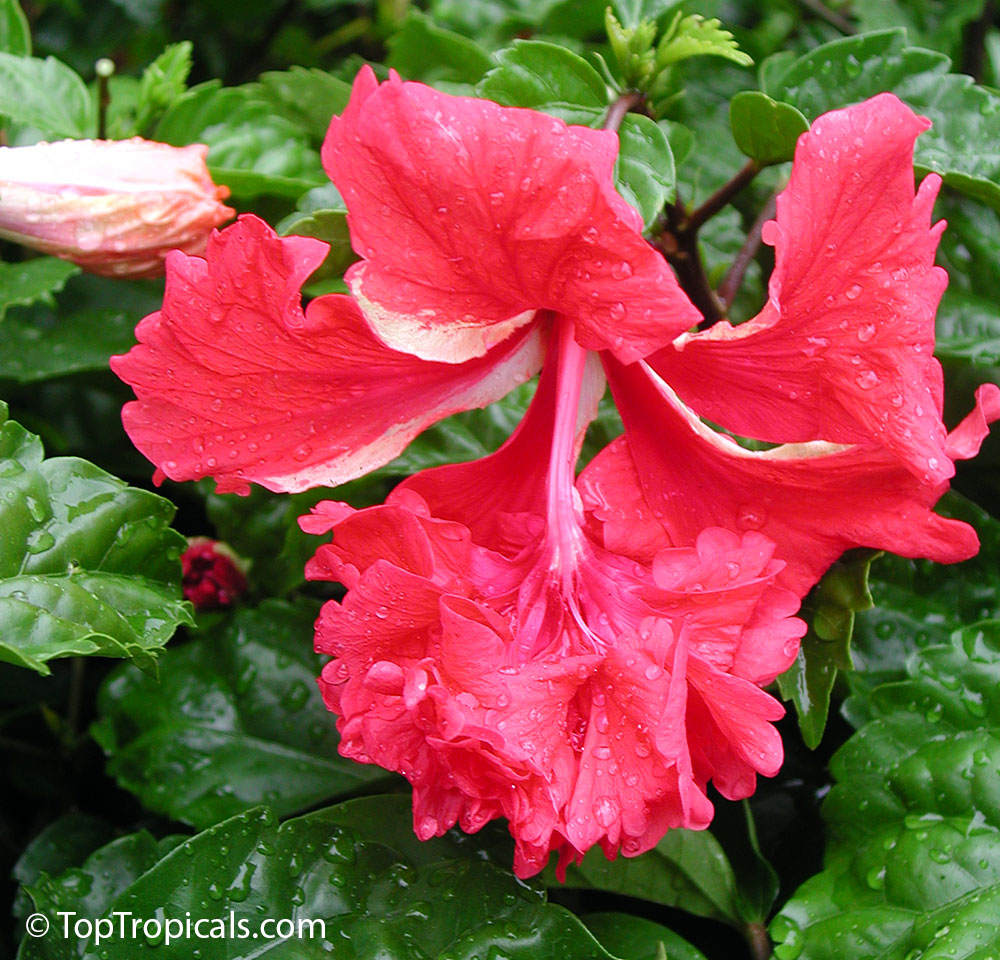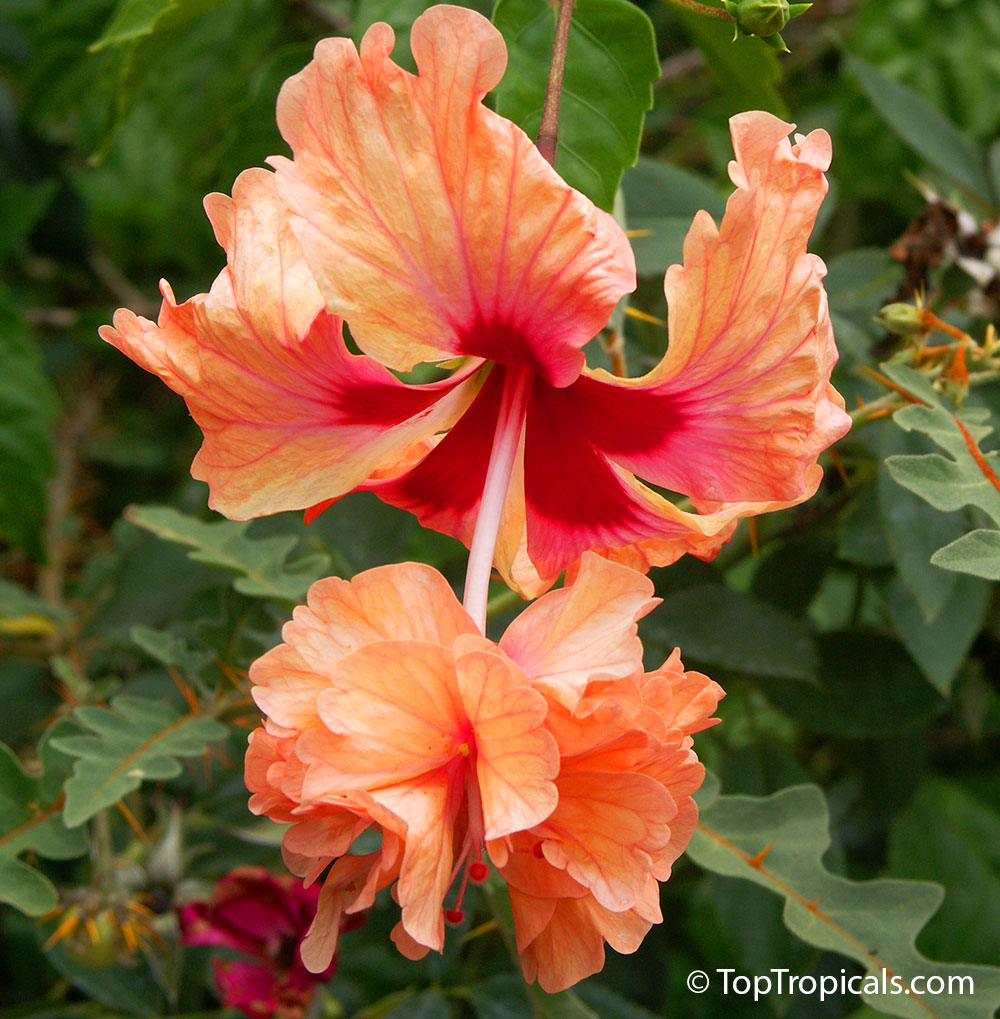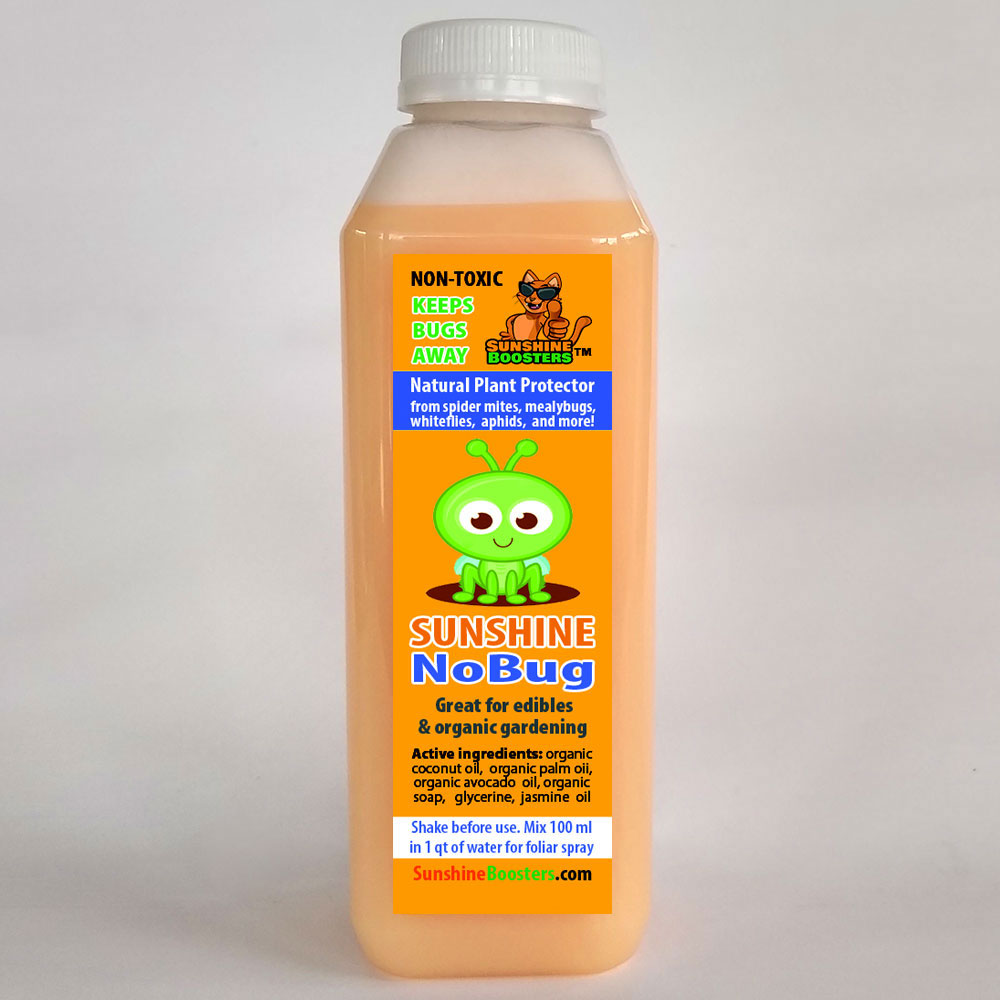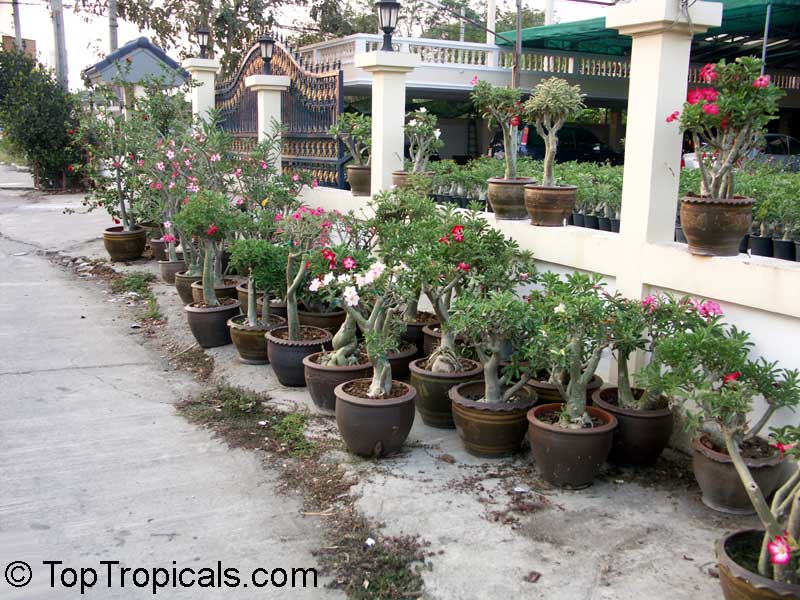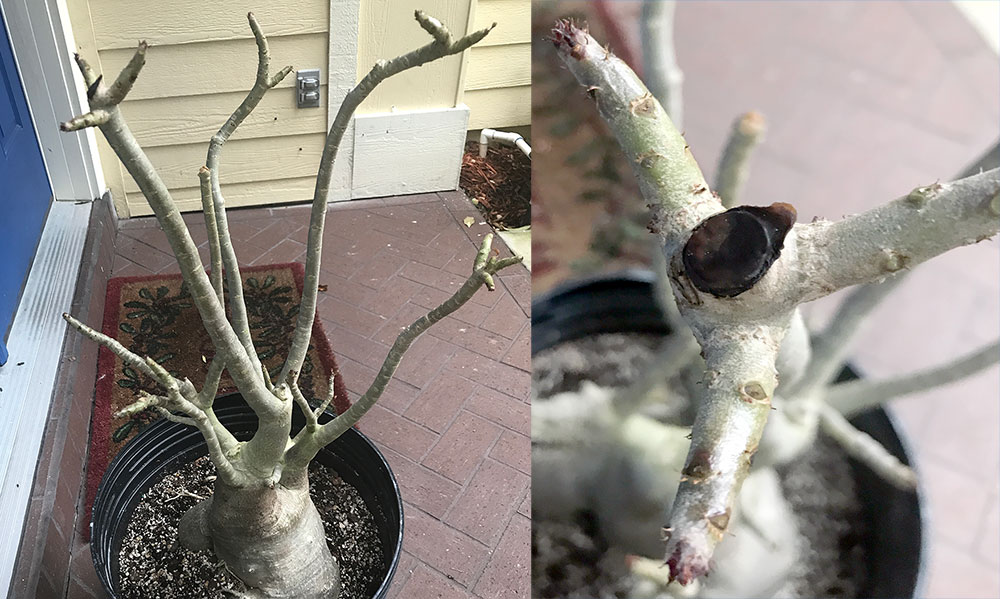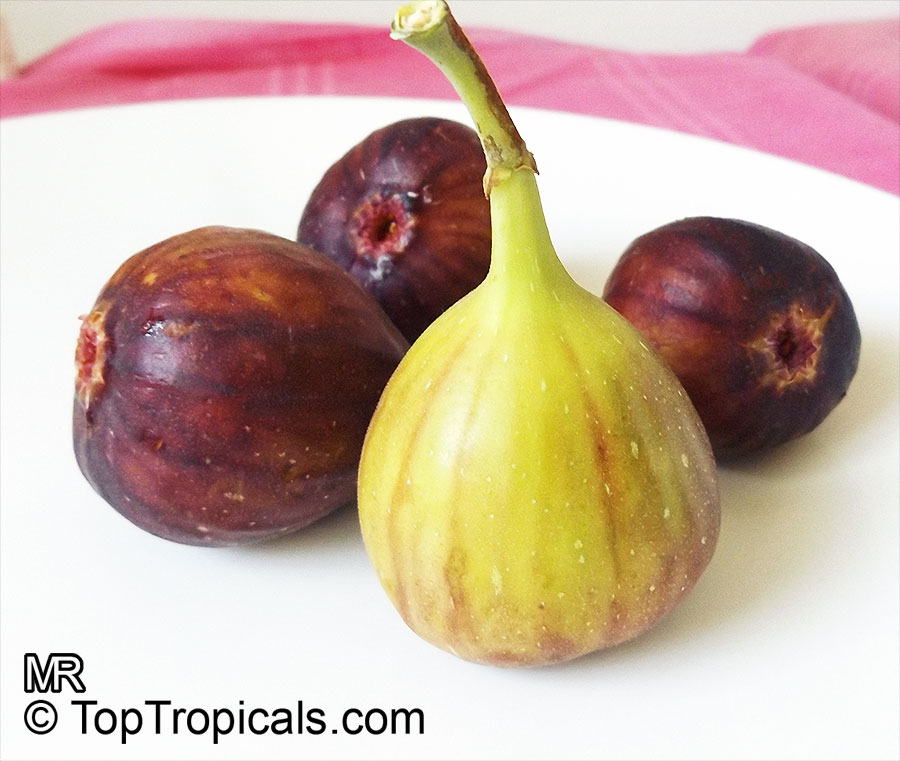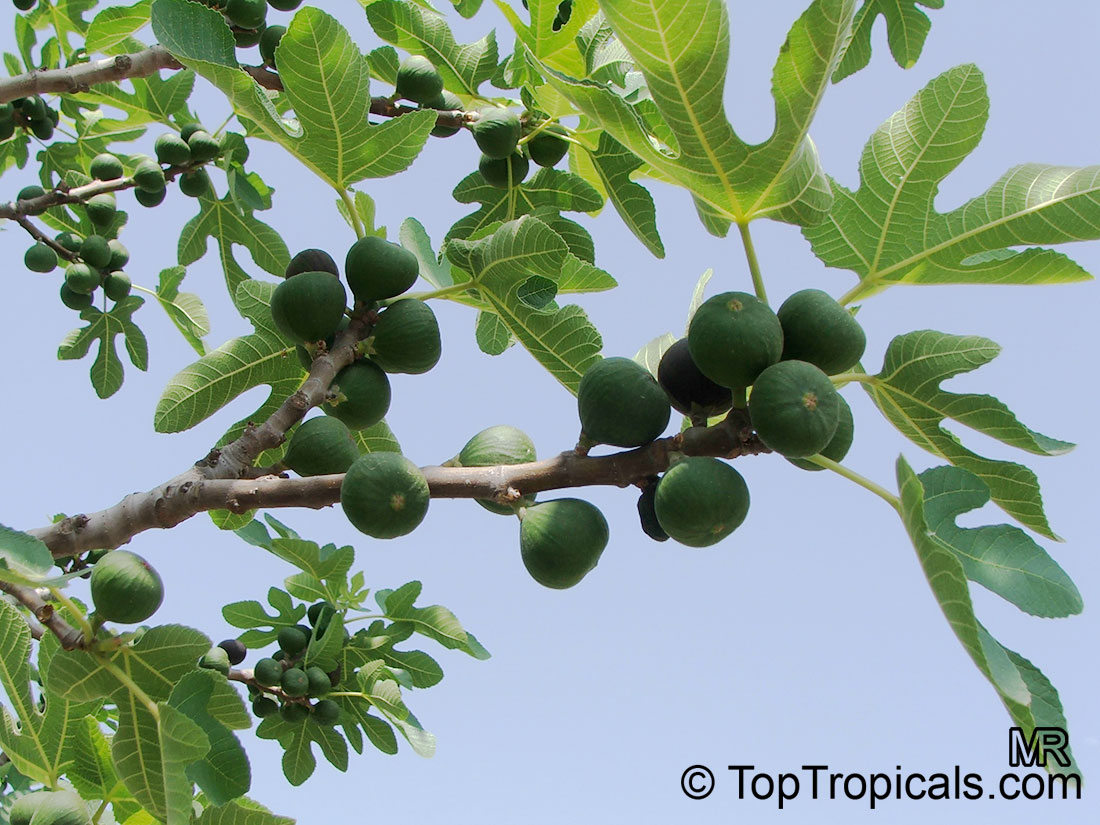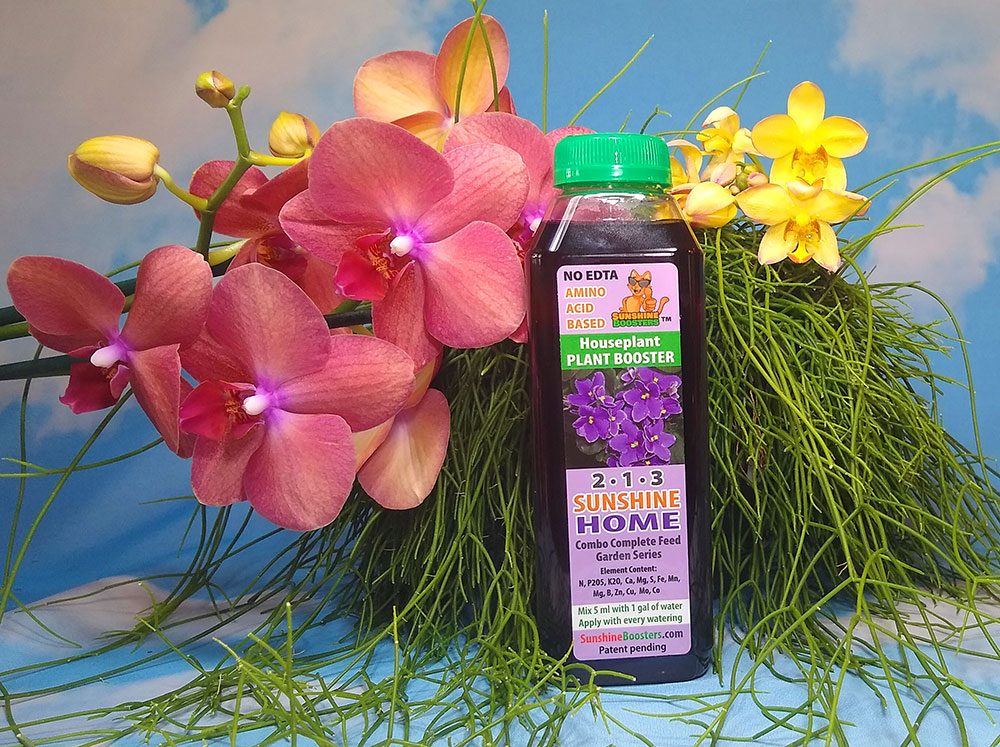Garden Blog - Top Tropicals
Date:
Healthy Plants. Q&A from Mr Booster: How to get Ylang Ylang to flowering
Q: I am writing in reference to my Ylang ylang tree. I purchased this from top tropicals a few years ago and although the plant is doing well, I don't see any flowers yet. Can you tell me when it will flower? Do I need to do something special for it to flower?
A: Cananga odorata, Ylany Ylang tree, takes a few years until it
starts flowering, hopefully it will bloom for you any time soon.
However, keep in mind that it may be a bit challenging for a potted plant.
In natural conditions, this is a large tree that requires lots of room not
only for the tree itself, but also for the root system. It is still possible to
get Cananga odorata to bloom in container, considering the plant has all
necessary nutrients for flowering. Here is the trick.
When grown in the ground, root system can reach out to all necessary elements in surrounding soil (considering soils are not too poor on necessary elements). In a pot, a supply of nutrients can be exhausted very quickly, so a quality fertilizer program is very important. Fertilizer must include all necessary nutrients in easy accessible (soluble) form, and a plant must have their constant supply for proper development.
SOLUTION:
prescribe Ylang Ylang tree the following combination of plant food:
- SUNSHINE Pikake - Fragrant Flower Booster
It will provide well-balanced amounts of high absorption Phosphorus (P) and
Nitrogen (N), as well as Potassium (K) - to provide enough flowering energy
to the tree, plus a combination of all necessary micro-elements. It is safe
to apply this fertilizer as frequent as with every watering, including winter
time.
- SUNSHINE-Honey - sugar booster This supplement has a high content of elements Mo and B - once the tree starts getting them on regular basis (a few times a year, according to the label), it will trigger flower production.
You may also consider getting dwarf varieties of Ylang Ylang that starts
flowering in container right away:
Cananga fruticosa - Dwarf Ylang-Ylang
Currently these high demand plants are sold out, but new plants are
establishing and will be ready for sale within couple months. You may add your email
to wishlist ("Notify me when available") to get notification as soon as we
have it back in stock.
Ylang Ylang vines also start flowering within a year.
Date:
The Best Pineapples
Q: What varieties of the Pineapple are the best for planting in Florida? When do they fruit? I have a small yard, with a room for one or two, but can I keep more in pots? I am excited to grow my own pineapples!
A: Pineapple is truly the King of fruits! One of the most
delicious fruits in the world. They start flowering from January to March in Florida
and yes, they happily grow in the ground as well as in pots. Heaviest
fruiting is in Summer (May to September), and some staggered throughout the year.
Be careful with watering, keep in mind that like any bromeliad, Pineapple
needs very little water and needs the soil to get dry between waterings. Use
only acidic soil and acidic plant food.
Make sure to feed these plants on regular basis, especially if grown in
pots. Pineapples are heavy feeders but are also very sensitive like all
bromeliads, so be careful with traditional fertilizers, do not exceed recommended
dosage. It is safe to use liquid amino-acod-based Sunshine Boosters Ananas fertilizer year round.
The mot popular pineapple varieties for home growers
are:
Elite
Gold
Royal
Hawaiian - Royale
Sugar
Loaf
Date:
PeopleCats of TopTropicals. Cat of the Day: the mischievous Jim the Second
In May 2020 we celebrated 16th birthday of Jim the Founder - the Cat who established
TopTropicals. It broke our hearts when this Old and Wise Purrrson peacefully passed away
this August :(( We want to believe that he is now in Cat Paradise... but we
miss him terribly - both humans and PeopleCats. Google the Cat lost his appetite and went into a deep depression after
he lost his best buddy... To get him distracted from his separation stress,
we decided that Google needs... a Project.
Here he is. Jim the Second. About a month ago we found him in a Human
Society shelter. He was a tiny fur ball size of a palm of a hand. But he proudly
carries his Godfather's name, for a reason - he likes to EAT - just as much as
Jim the First. He eats 3 times more than Google, and he talks a lot. And of
course, he pulls everyone's tail, and kicks everything that is kickable...
The Veteran Google complains that young generation of PeopleCats nowadays
are nothing but trouble... but they've become friends anyway! Google feels
much happier now. He just took Jim Jr to his first walk outside to the lake and
showed him some fishing techniques...
Bon voyage Little Jim, you soon will master it all! As Mr Booster claims, Orange Cats Bring Happiness!
TopTropicals PeopleCat Club and Zoo
Thank you for supporting us in helping PeopleCat Community!
Make
your kind donation today and receive a surprise gift from us! Every little
bit helps. Thank you and God bless you and your pets!
Date:
Cashew Nut tricks and challenges
Q: I bought a cashew plant in May of this year it has been slow-growing well then all of a sudden it started dying. I have cut it back halfway down. So a plant that was close to 3 ft tall is now 1 1/2 feet. I see new leaves trying to spring closer to the root. Help! It's in a huge 18" wide pot, I have not put it in the ground yet. I am in the Orlando area.
A: Generally speaking, Cashew is not the easiest plant to grow. Cutting it down added more stress to the plant. A few thoughts:
1) Chances are, the tree was over-watered (possibly summer rains, we had pretty wet summer this year in FL). Cashew trees are very sensitive to over-watering while young. Considering it sits in pretty large pot, this may have created soggy conditions. Don't bother repotting the plant now, just try to reduce watering. We have less rains now. If you have automatic sprinklers, move it away from sprinkler so you can control moisture manually. Even better - move it under roof (lanai, etc) where it still can get lots of bright light, but you can control water.
2) In Orlando, winters are too cold for this tree. Make sure to protect it from cold - bring inside when temperature drops below 65F, especially considering that the plant is still struggling.
3) Keep in mind that Cashew is semi-deciduous tree, meaning it looses leaves during cooler period. If all leaves are gone but the stem still green (after nail scratch) - just give it time, it may start growing vigorously in Spring.
4) You may apply Sunshine Boosters with every watering (which should be once a week, or even less frequent if the soil is still moist) - SUNSHINE C-Cibus - Crop Nutrition Booster
Keep the plant in full sun or at least very bright filtered light. It must be always warm. Bring inside if below 65F.
Photo above: Cashew Tree flowers are so amusing!
Date:
Healthy Plants. Q&A from Mr Booster: Fertilizing Mango trees in Winter
Q: I'm living in Maryland growing zone 7A and would like some info on when to fertilize my potted mango trees. I ordered your Sunshine Mango Tango 2-2-4. All your mango trees are in pots.
A: You can start using this fertilizer right away, any time of
the year, and every time you water your plants.
Sunshine Mango Tango, as well as other Sunshine boosters, is an amino-acid
based liquid fertilizer that is scientifically developed for daily plant
needs in all necessary nutrients. This means, you may use this fertilizer with
every watering, including winter period.
Traditional fertilizers (both granulated and soluble, EDTA-chelated) can
only be used during hot months while plants grow actively, and must be limited
or not used at all during cooler months, to avoid nutrient lock up in soil
(which basically means "building up unused elements"). With Liquid Sunshine Boosters, it is safe to add them every time you water
your tree.
During cooler weather and when plant metabolism slows down, a tree will
consume less water (as well as food), and you will automatically reduce
watering, to keep over-wintering plants on a dry side. This means, less fertilizer
too. This allows you to control elements intake naturally, like you control
water amount just as much as the plant needs.
Date:
Plant of the Month: Hibiscus El Capitolio
Stevie's Pick: what's in bloom?
Our exotic plant grower Steven Gowdy will spotlight the most interesting plants he discovers and recommends today while working in TopTropicals greenhouses.
OMG! These plants are awesome. The flowers are stunning, ruffled,
brightly colored. These are very unique double flowers about 5" long, with ruffled
petals, followed by a sort of a stamen, than more ruffled petals... Wow.
These are the perfect plants - they can be grown in a container or in-ground, in
full sun. They are drought and disease resistant, ever-blooming, can be
pruned into a standard weeping tree, or pruned into a bush... It's a convenient,
dream plant! Prune frequently, because it blooms on new wood.
Hibiscus El Capitolio grows best in zones 9 through 11. In colder
climates leave it in a container outside in the summer months, but bring inside in
the winter months.
Remember - ever-blooming! You prune and they will flower all year long.
These are fabulous plants that will satisfy any first-time or experienced
gardener: you just can't go wrong El Capitolio! They will have you growing
happiness... That's true.
Stevie with Kristi and Jamie celebrating his Happy Birthday. Check out Stevie's painting "TopTropicals Theme" at the beginning of this newsletter!
Date:
Healthy Plants: Q&A from Mr Booster
How to keep bugs away naturally?
Q: I started moving my tropical plant collection indoors as it's getting colder... And all of a sudden, I noticed bugs on leaves! I know for sure all my plants were bug-free when I kept the pots outside in my lanai. What happened? And how can I keep them clean and healthy without using any harsh chemicals? I have many edibles and herbs that I use in my cooking and prefer to stay away from insecticides. Any suggestions?
A: It is very common when healthy looking plants, once moved
indoors for the winter, get insect infestations. The main reason is change of
environment that puts a plant into stress and makes it susceptible to parasites
and diseases. Just think about what a plant is missing, a whole combination
of necessary conditions that provided a good life:
- Bring light -> light level reduced, so beneficial UV spectrum is gone
- Air circulation -> less wind = more bugs thriving
- Warm temperature -> from upper 80's in summer to 70's in your AC room
- Air humidity -> although humid air is believed to be causing some issues
(for example fungus), however, reducing humidity overall puts a plant into
stress and makes it more vulnerable.
Many gardener prefer to avoid chemicals, especially when it comes to treating edible plants and indoor collections. The solution to your problems is - Organic Solution!
SUNSHINE NoBug - Natural Plant Protector.
Shampoo for Plants - for both indoors and garden
SUNSHINE NoBug - is a natural solution to keep your plants healthy and
bug-free without harsh chemicals. It is great for organic gardening and
edibles, eco-safe and non-toxic for humans and pets.
It kills, repels and prevents: spider-mites, mealybugs, whiteflies, aphids
and many more. No wait time required - spray and play! And it smells like
jasmine, forget stinky insecticides!
How does it work? Just look at these ingredients: Kosher Glycerine, Organic
Coconut Oil, Organic Palm Oil, Oat Protein, Organic Soap, Horticultural Oil,
Jasmine Oil, Water. Yum! But bugs hate it - they suffocate in it! This is
why your plants will have NO BUGS with NoBug, that's it!
Directions are simple:
- Mix 100 ml (3-4 oz) with 1 qt (32 oz) of water, or 500 ml (16 oz) in 1
gal of water - for larger applications
- Spray foliage to drip point, including underneath leaves.
- Repeat the treatment in 7 days.
- As a preventive care, spray leaves once a month to keep insects away.
- You may use a paper towel saturated with this solution to wipe the leaves
and remove residue from insects.
- Store at room temperature.
This poor Pepper plant was tossed into garbage can by a neighbor... it looked hopeless, infested with mealybugs. We saved it with NoBug ! In 2 days it perked up, and after 4 weeks its healthy and fruiting!
Date:
Trimming and treating Adeniums in winter
Q: My desert rose below dropped leaves after I replanted it in a bigger pot. I noticed that one of the branches that had been pruned is black at the tip. Please let me know if the section of the branch that turned black needs to be cut. I also wasn't sure how often to water it since the leaves have all dropped. None of the other dessert roses have dropped their leaves but they are all younger plants. Any advice would be much appreciated.
A: Your plant looks healthy and vigorous overall. Dropping leaves
after repotting, or shipping, especially at this time of the year, is normal
in Adeniums. They are deciduous and stay leafless from Fall to Spring.
Some individual specimens can go into dormancy sooner than others - all depends
on conditions: temperature, light, exposure, etc. and individual plant's
"clock".
The black spot on the cut branch may be a sign of a fungus as a result of
excess water.
You may carefully clean/rub it with a paper tower dipped in Hydrogen
Peroxide (pharmacy grade). Then rinse with fresh water.
Keep the plant warm and in a dry spot. Once leaves are dropped, it doesn't
need much water. Once a week watering is enough.
Date:
What fig trees are good for Florida?
Q: My baby fig tree was sprayed by the lawn people with weed killer :( Any ideas? Also what figs do you have available to grow here in Florida?
A: Unfortunately once a plant is affected by a herbicide, there
is not much you can do about it.
If you don't rinse the chemical within a few seconds, it gets into the
plant internal system and nothing can be done to save the plant. The tree may
remain green for a few days up to a week, but then gradually dies back. If your
fig tree wasn't rinsed immediately after herbicide spray, it is probably too
late.
If you want to replace it with a new one, here is a few suggestions of our
favorite fig varieties which are great producers and grow well in Florida
heat:
Brown Turkey Fig - our favorite!
Black Mission Fig
Beers Black Fig
Texas Everbearing Fig
Magnolia Fig
LSU Purple Fig
Olympian Fig
Texas Blue Giant Fig
See full list of Fig Trees.
Make sure to get appropriate plant food for your fig tree so it develops faster for you and gets well-established before winter: SUNSHINE C-Cibus - Crop Nutrition Booster from Garden Series, or Combo Total Feed Collection - all nutrients in just one bottle, for fruit trees and edibles.
Date:
New video: Ground orchids.
All-summer colors for shady gardens
WATCH NEW VIDEO
Did you know orchids can be grown in the ground?
Orchids have a mystique that seems to set them apart from most other
flowers... they are elegant and almost unreal in their perfection... The symmetry
of the flowers has led to the orchid being a symbol of a perfect beauty.
But not every gardener has luck growing traditional orchids. Some complain
about their special maintenance:
"Mount them on a tree, do not overwater... and all that hassle just for
once-a-year flower?" Sounds familiar?
Terrestrial orchids (a.k.a. ground orchids) grow in regular garden soil
instead of in the air on tree branches. And they bloom almost year round!...
Ground orchids are available from our store.
Stay updated with TopTropicals Videos by subscribing to our channel at YouTube.com/TopTropicals and get our latest video news of what is fruiting and blooming!
Remember to get plant food for your orchids and Ground
orchids!
In the photo: Sunshine-Home, plant booster for tender house plants and orchids.
